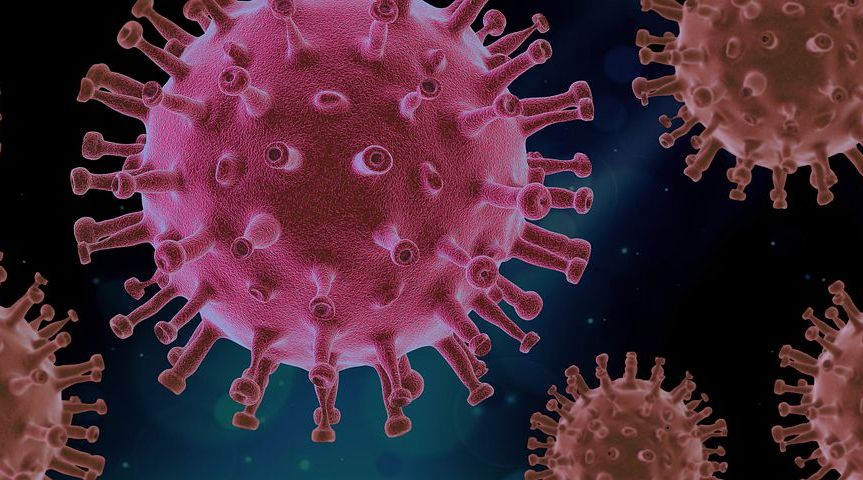A research has revealed that the number of people infected with COVID-19 who were missed by lateral flow testing is significantly higher than reported. According to a report conducted by researchers at the University of Birmingham and published in the BMJ, LFTs have proven instrumental for controlling the Coronavirus pandemic. However, they added that a vast majority of infected cases has been overstated and the devices can give false assurance.
Experts recommend LFTs for widespread use in view of the predictions made by mathematical models. As per the empirical data, LFTs provide a positive result when Coronavirus is present on the swab is in high quantities. Therefore, it can detect the possibility of infection among people. However, the number of the missed population who are infectious has not been evaluated.
With the aim of addressing this gap, researchers analysed empirical data from several sources to project the proportion of LFTs producing negative results in those with a high risk of Sars-CoV-2 infection.
Further, they compared this data with predictions made by influential mathematical models. They focused their efforts on identifying the probability that people can be infectious and that they test negative on Innova.
They generated their results on the basis of tests conducted in three settings:
· Symptomatic testing at an NHS Test-and-Trace centre
· Mass testing in Liverpool in residents without symptoms
· Students at the University of Birmingham
According to the analysis generated, those with a viral culture positive result, Innova would miss 20 percent attending an NHS Test-and-Trace centre, 29 percent without symptoms attending municipal mass testing, and 81 percent attending university screen testing without symptoms. It also included 38 percent, 47 percent, and 90 percent of sources from secondary cases.
Comparing the two mathematical models, there was a prominent underestimation of the numbers of missed infectious people. While one model suggested 8 percent, 10 percent, and 32 percent of cases would be missed in the three settings, the other model predicted no cases would be missed.
Consequences of false negatives are significant
In the report, authors have also underlined the challenges in evaluating the accuracy of a test for current infection or infectiousness due to the lack of a reference standard. They added that there is the potential for error in their estimates.
“The findings in this analysis therefore must be taken as illustrative and not exact,” they affirmed.
They also noted that this data is “currently the best available and clearly show that missing people with current infection or who are infectious is possible in all settings".
“Allowing for the uncertainties in the results from our analyses, the proportion of people with current infection missed by the Innova LFT is likely to be of public health importance, particularly in settings with greater proportions of infectious people with lower viral loads, where the tests are often being applied,” said lead author Jon Deeks, professor of biostatics at the University of Birmingham.
Deeks called on the policymakers to ensure that the public is well aware of the risk of being infectious despite testing negative for the disease. He added that these tests are not used in situations where the consequences of false-negative results are considerable.
Since mid-2020, the UK has spent more than £7bn on lateral flow devices assuming that they could reduce the COVID-19 transmission by upto 90 percent. However, there is still a lack of hard evidence on the desired impact.
Meanwhile, the World Health Organisation has also warned against mass asymptomatic testing due to the known evidence shortfall, higher costs involved and risk of diverting resources from other necessary activities.
SOURCE: The National News
 AR
AR UR
UR
